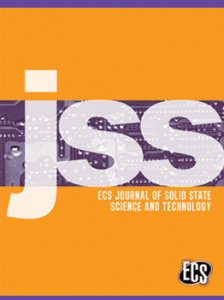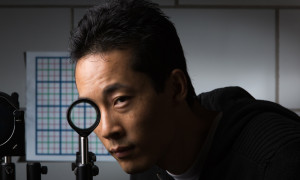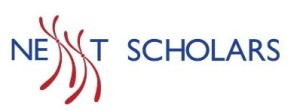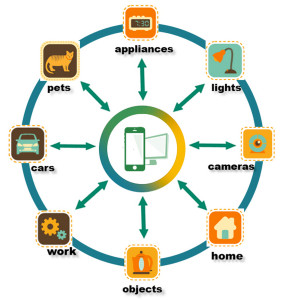
The ECS Journal of Solid State Science and Technology (JSS) is one of the newest peer-reviewed journals from ECS launched in 2012.
Atomic Layer Etch (ALEt) and Atomic Layer Clean (ALC) are emerging as enabling technologies for sub 10nm technology nodes. At these scales performance will be extremely sensitive to process variation.
Atomic layer processes are the most promising path to deliver the precision needed. However, many areas of ALEt and ALC are in need of improved fundamental understanding and process development. This focus issue will cover state-of-the-art efforts that address a variety of approaches to ALEt and ALC.
Topics of interest include but are not limited to:
- Surface reaction chemistry and its impact on selectivity
- Plasma ion energy distribution and control methods
- Novel plasma sources and potential application to ALEt & ALC
- Innovative approaches to atomic layer material removal
- Novel device applications of ALEt & ALC
- Process chamber design considerations
- Advanced delivery of chemicals to processing chambers
- Metrology and control of ALEt & ALC
- Device performance impact
- Synthesis of new chemistries for ALEt & ALC application
- Damage free surface defect removal
- Process and discharge modeling
Deadline for submission of manuscripts is December 17, 2014.





